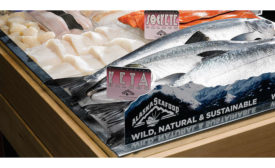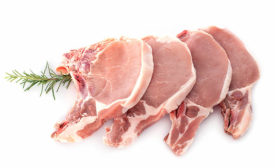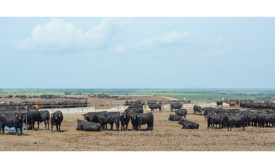Special Reports
Special Report | State of the Industry 2020
Special Report | State of the Industry 2020
The state of the workforce 2020: covid-19 catalyzes a reckoning
Read MoreSpecial Report | State of the Industry 2020
The state of the seafood industry 2020: balancing act
Read MoreSpecial Report | State of the Industry 2020
The state of the lamb industry 2020: pivoting to educate consumers
Read MoreSpecial Report | State of the Industry 2020
The state of the pork industry 2020: Turning pandemic behavior to habitual buying
Read MoreSpecial Report | State of the Industry 2020
The state of the veal industry 2020: looking for a rebound
Read MoreSpecial Report | State of the Industry 2020
The state of the turkey industry 2020: remaining resilient
Read MoreSpecial Report | State of the Industry 2020
The state of food safety 2020: making sense of the chaos
Read MoreSpecial Report | State of the Industry 2020
The state of the chicken industry 2020: easing toward a new normal
Read MoreSpecial Report | State of the Industry 2020
The state of the beef industry 2020: awaiting opportunities
Read MoreStay ahead of the curve. Unlock a dose of cutting-edge insights.
Receive our premium content directly to your inbox.
SIGN-UP TODAYCopyright ©2024. All Rights Reserved BNP Media.
Design, CMS, Hosting & Web Development :: ePublishing












